2026-01-03T22:00:00-08:00
* WHAT...South winds 15 to 25 mph with gusts up to 50 mph expected. Locally stronger over the higher terrain. * WHERE...Western Mendocino Interior. * WHEN...From 1 PM this afternoon to 10 PM PST Saturday. * IMPACTS...Wind gusts will be particularly strong along windward ridges.
Summary
The ideal streamflow range for Cedar Creek is between 400 and 1200 cfs, with the best time to paddle being in the early spring when snowmelt runoff is at its peak.
Cedar Creek is classified as a class IV-V river, with steep and technical rapids that require advanced paddling skills and experience. The segment of Cedar Creek that is typically paddled is approximately 5 miles in length, from the put-in at the Cedar Creek Bridge to the take-out at the Middle Fork American River.
The river features several challenging rapids and obstacles, including "Deadwood Falls," a steep and rocky drop that requires precise navigation, and "Chamberlain Falls," a large and complex rapid with multiple chutes and holes. Paddlers should be prepared for continuous class IV-V rapids throughout the run.
There are specific regulations in place for paddling Cedar Creek, including a permit requirement from the Auburn State Recreation Area and a mandatory safety briefing conducted by the park rangers. Additionally, paddlers are required to wear a personal flotation device at all times while on the water.
In summary, Cedar Creek is a challenging and exciting whitewater river run in California that requires advanced skills and experience. Paddlers should be prepared for steep and technical rapids, with an ideal streamflow range of 400-1200 cfs. Specific regulations are in place to ensure safety and protect the environment, including a permit requirement and mandatory safety briefing.
River Run Details
| Last Updated | 2025-06-28 |
| River Levels | 73 cfs (5.38 ft) |
| Percent of Normal | 109% |
| Status | |
| Class Level | iv-v |
| Elevation | ft |
| Streamflow Discharge | cfs |
| Gauge Height | ft |
| Reporting Streamgage | USGS 11475800 |
Weather Forecast
Nearby Streamflow Levels
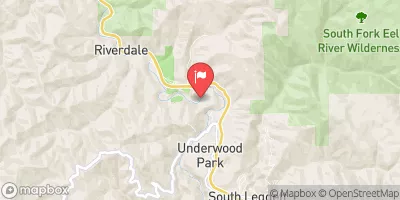 Sf Eel R A Leggett Ca
Sf Eel R A Leggett Ca
|
2860cfs |
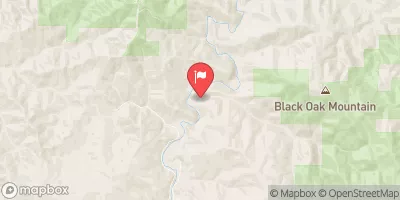 Elder C Nr Branscomb Ca
Elder C Nr Branscomb Ca
|
70cfs |
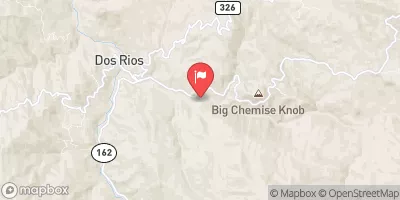 Mf Eel R Nr Dos Rios Ca
Mf Eel R Nr Dos Rios Ca
|
7580cfs |
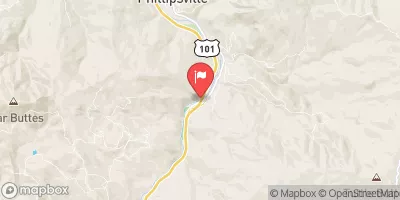 Sf Eel R Nr Miranda Ca
Sf Eel R Nr Miranda Ca
|
4900cfs |
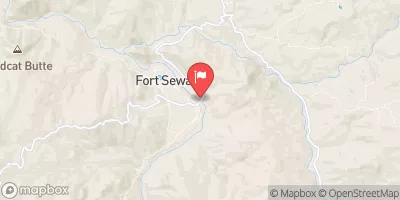 Eel R A Fort Seward Ca
Eel R A Fort Seward Ca
|
15900cfs |
 Mattole R Nr Ettersburg Ca
Mattole R Nr Ettersburg Ca
|
1660cfs |


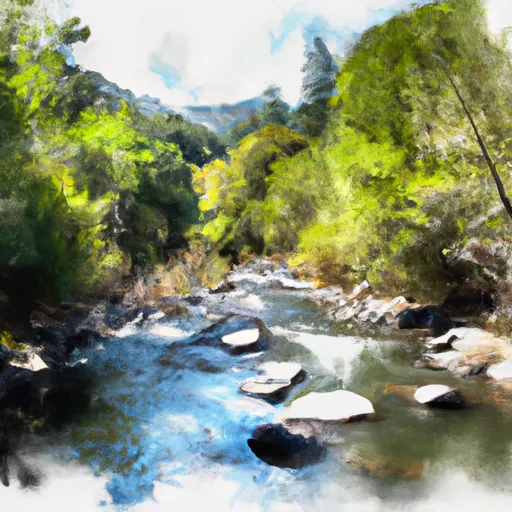 Cedar Creek
Cedar Creek
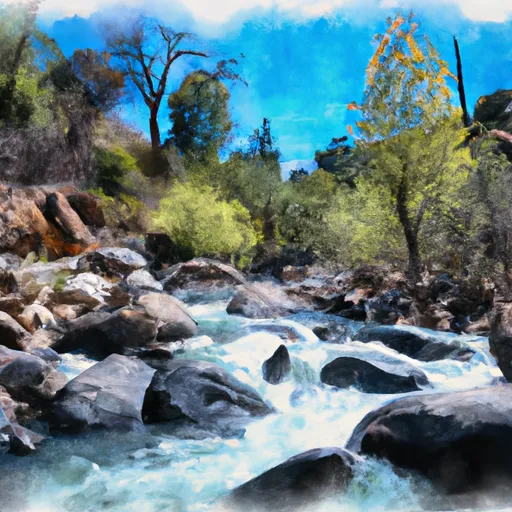 Cedar Creek Trib
Cedar Creek Trib
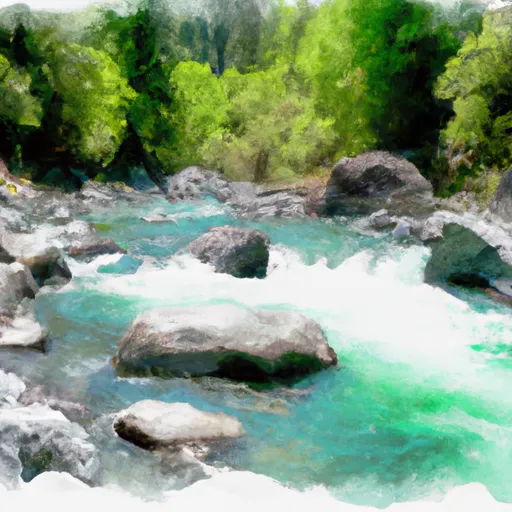 North Fork Cedar Creek
North Fork Cedar Creek
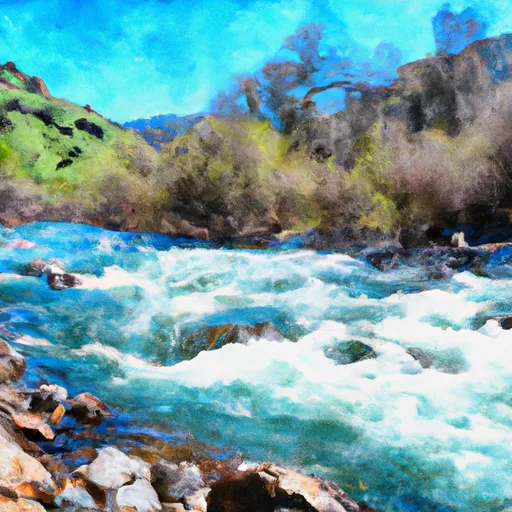 East Branch South Fork Eel
East Branch South Fork Eel
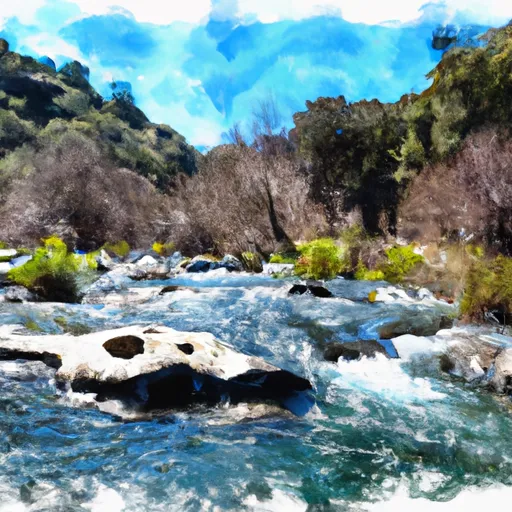 Bell Springs Creek Trib
Bell Springs Creek Trib
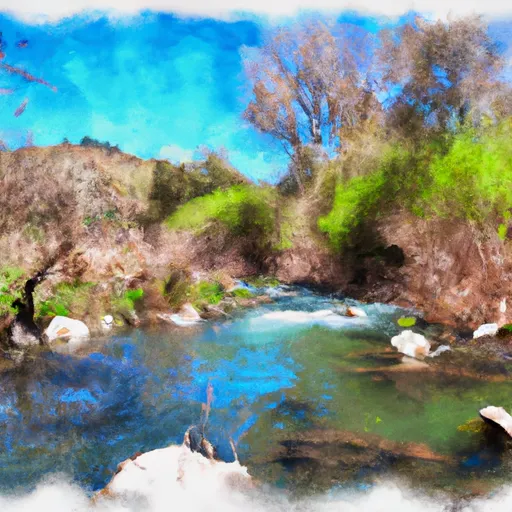 Bell Springs Creek
Bell Springs Creek
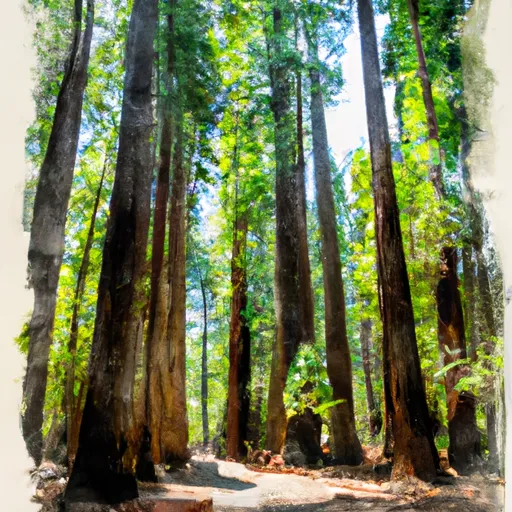 Smithe Redwoods State Reserve
Smithe Redwoods State Reserve
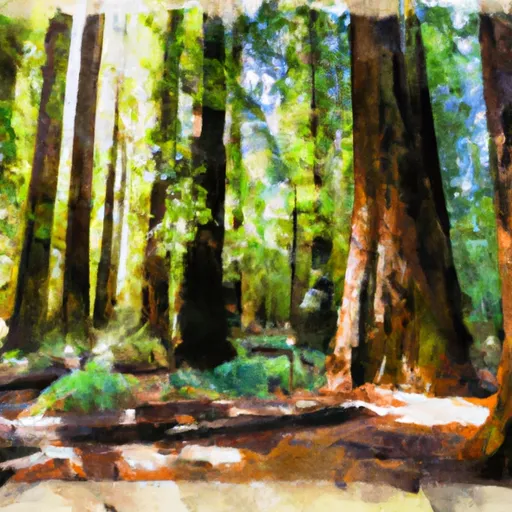 Natural Reserve Smithe Redwoods State
Natural Reserve Smithe Redwoods State
 Elkhorn Ridge Potential Wilderness
Elkhorn Ridge Potential Wilderness
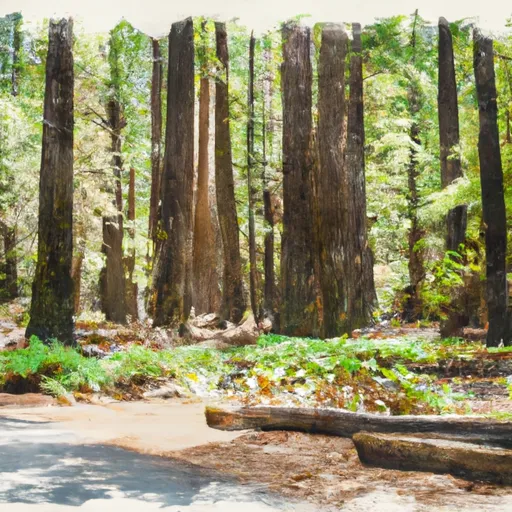 Richardson Grove State Park
Richardson Grove State Park